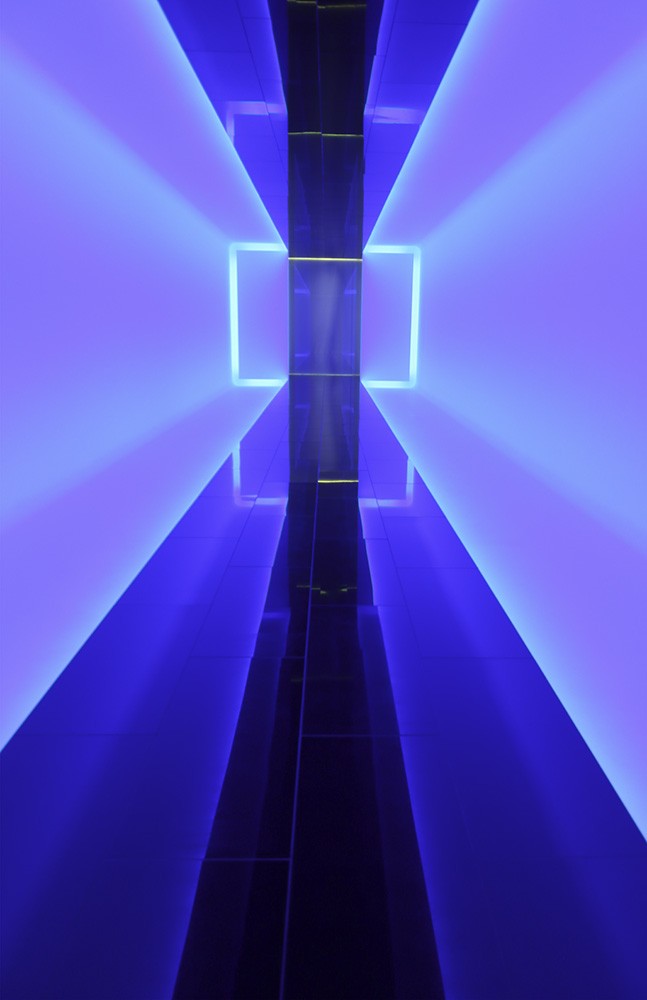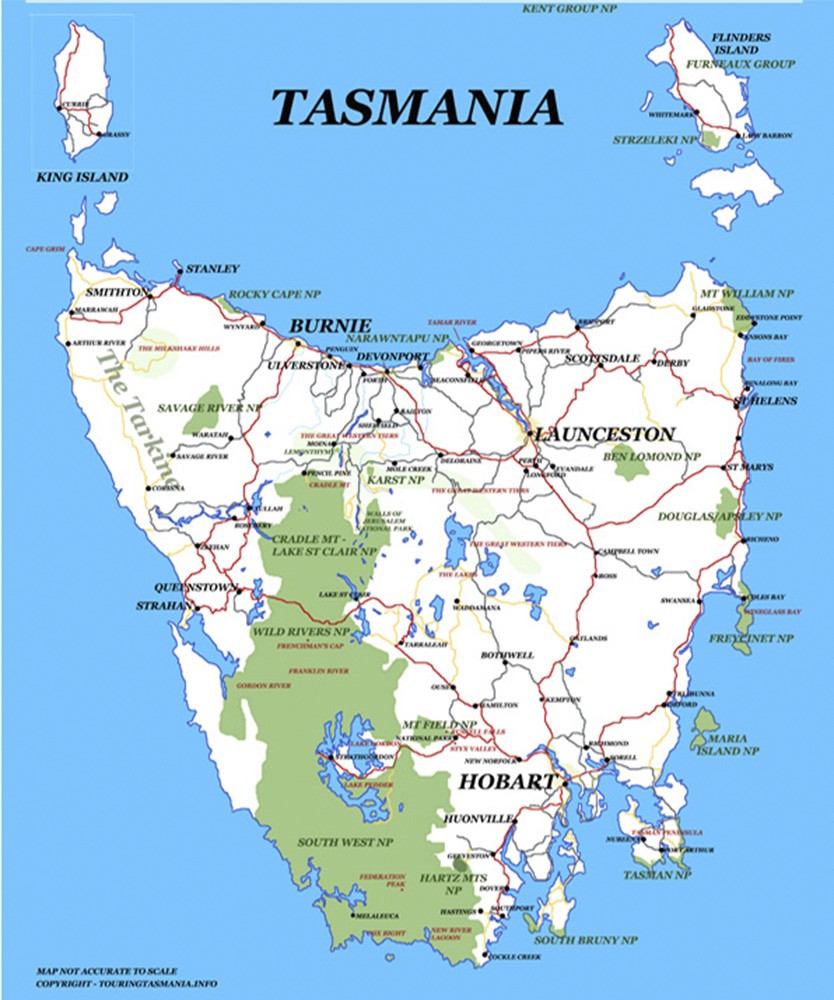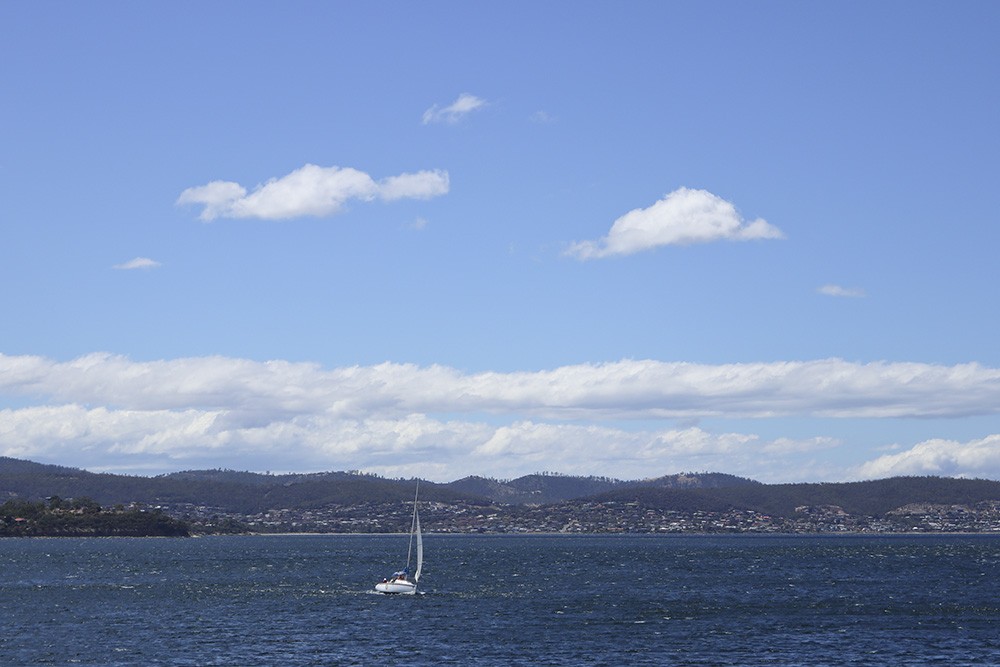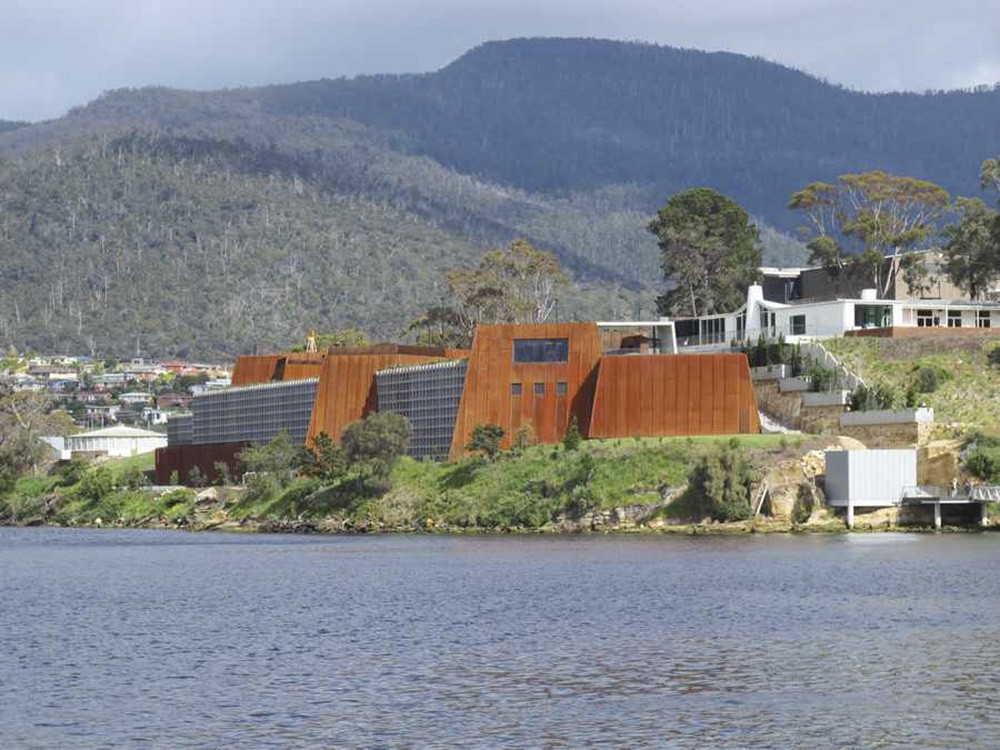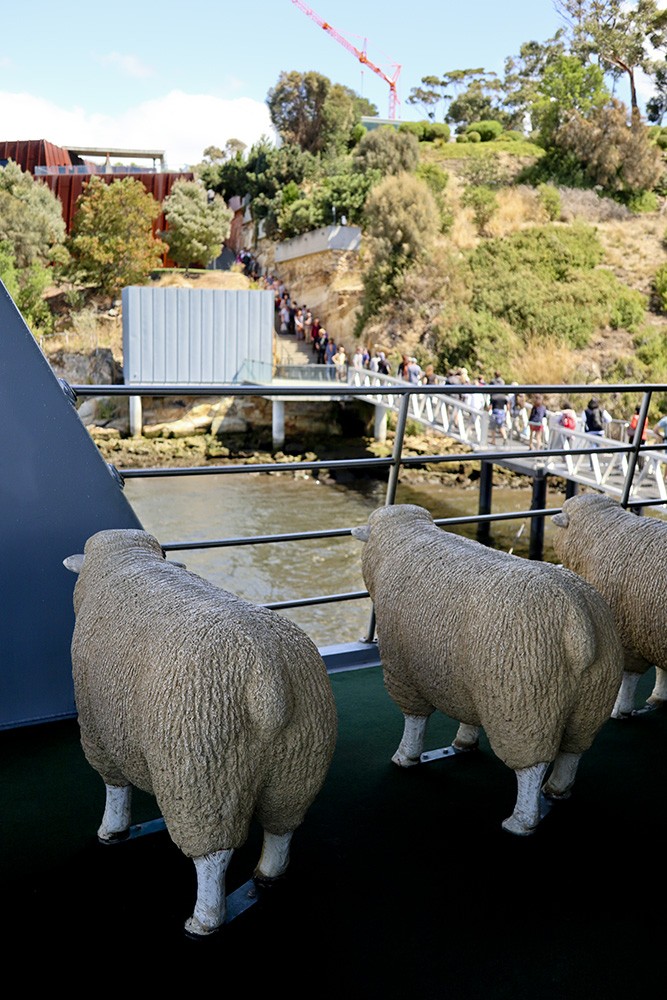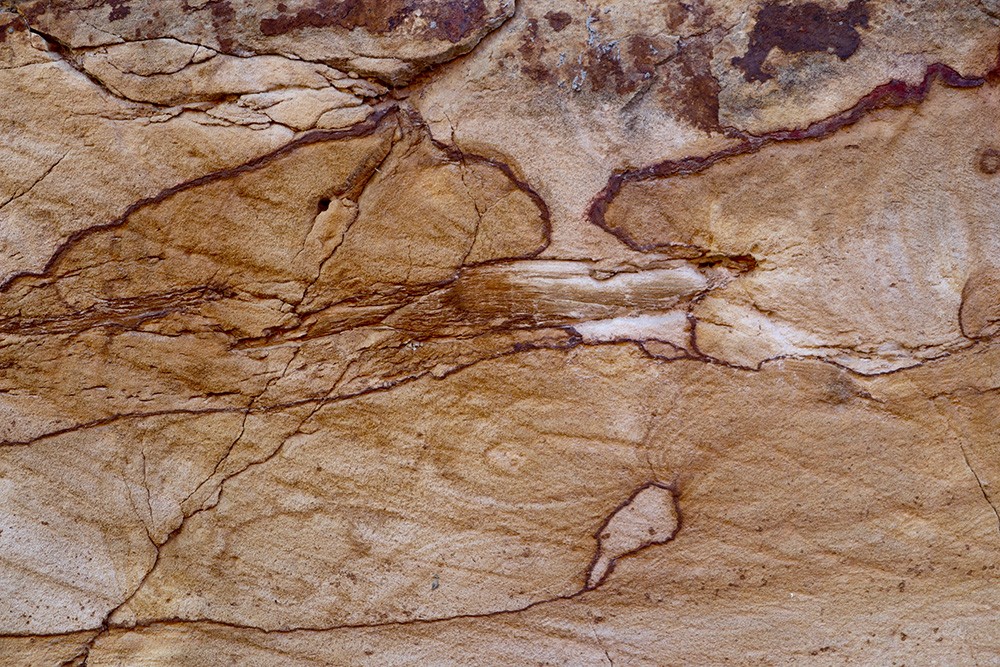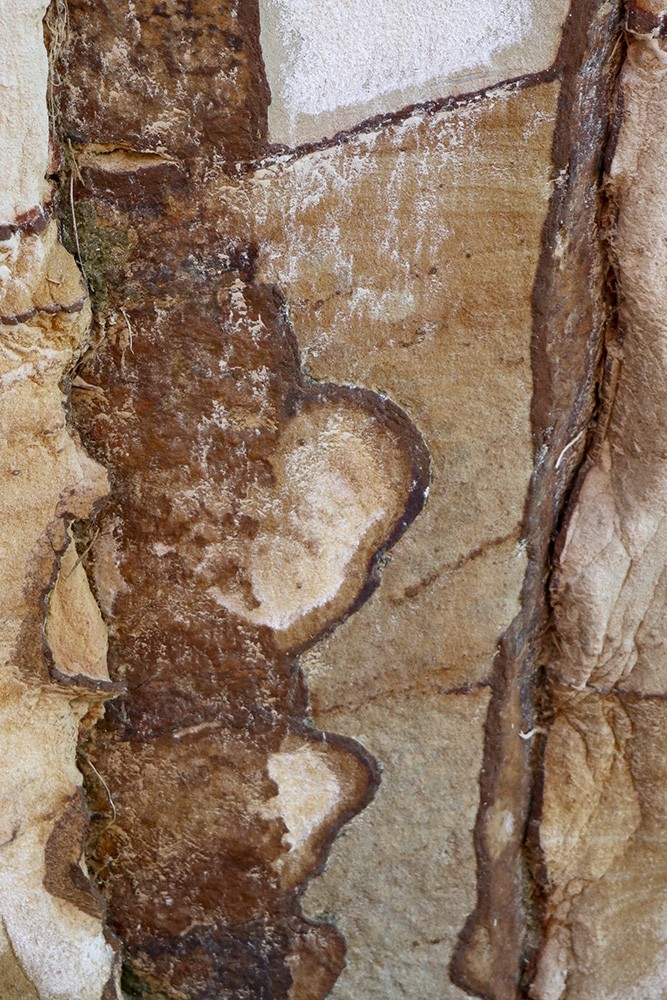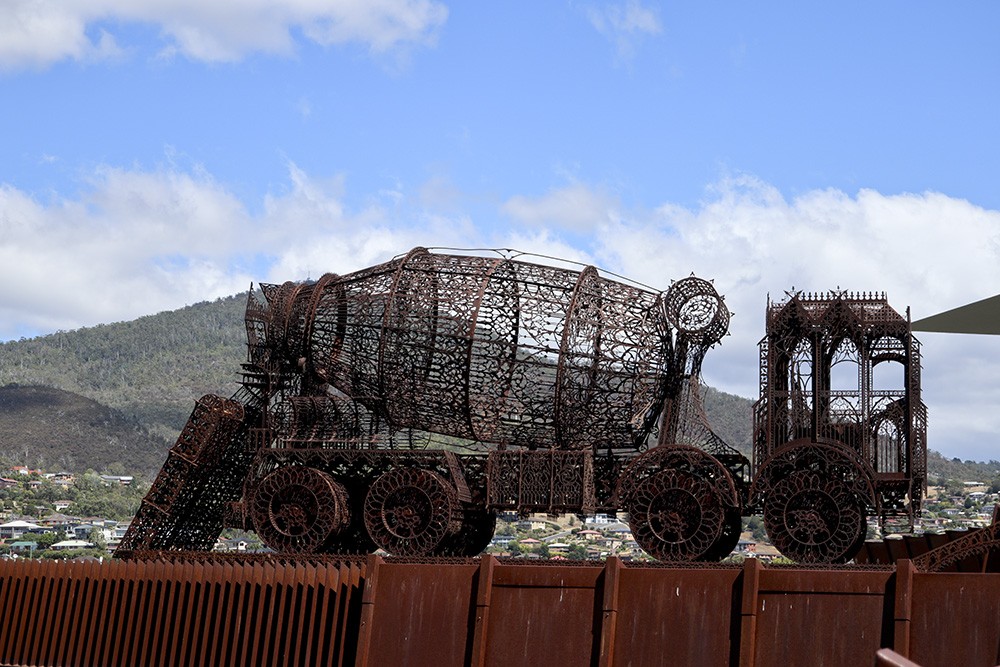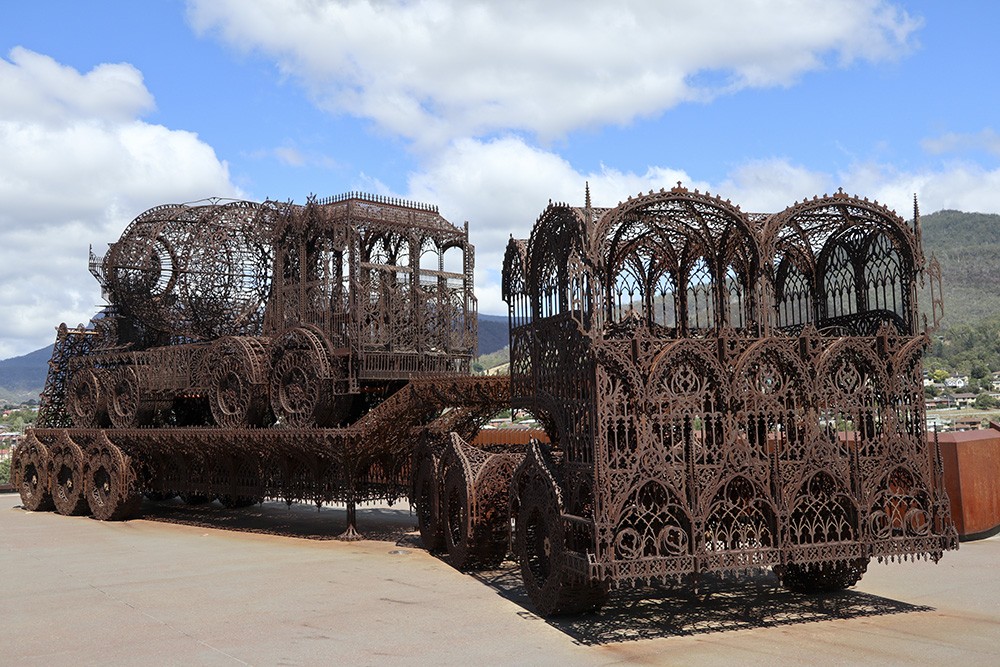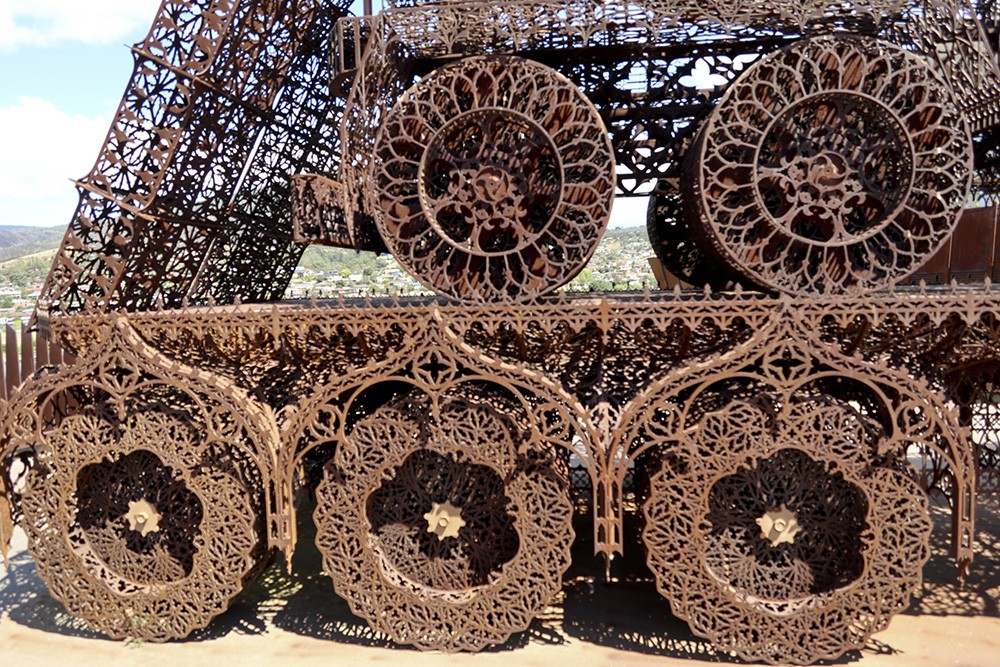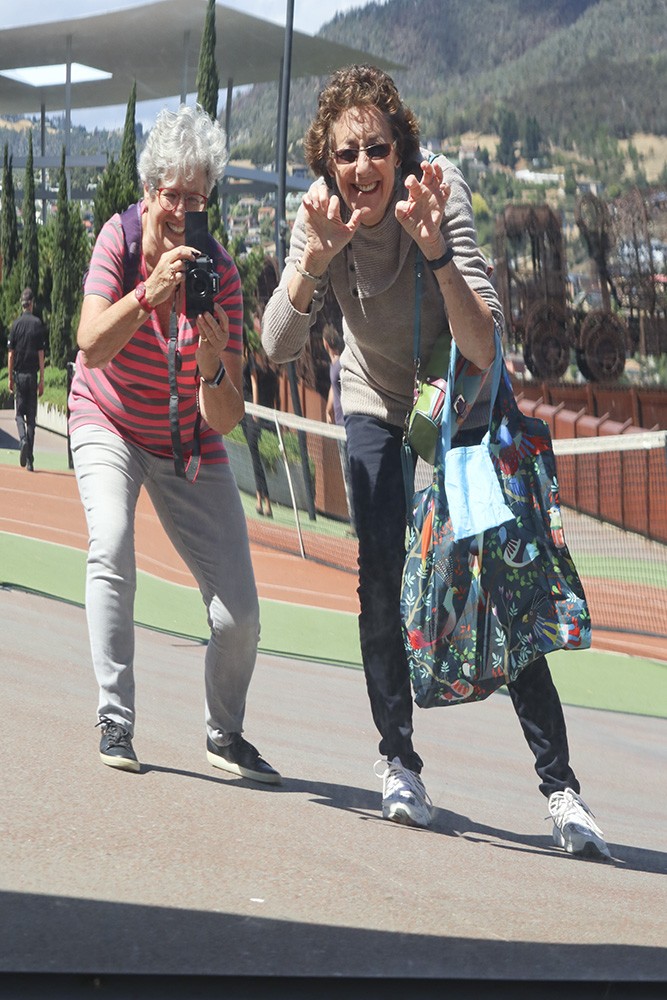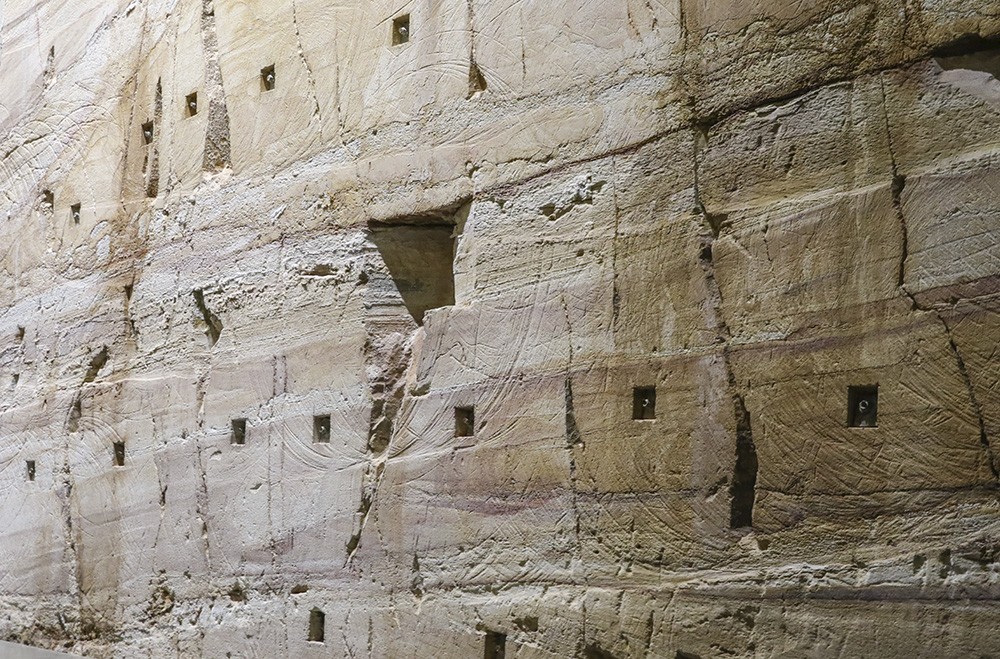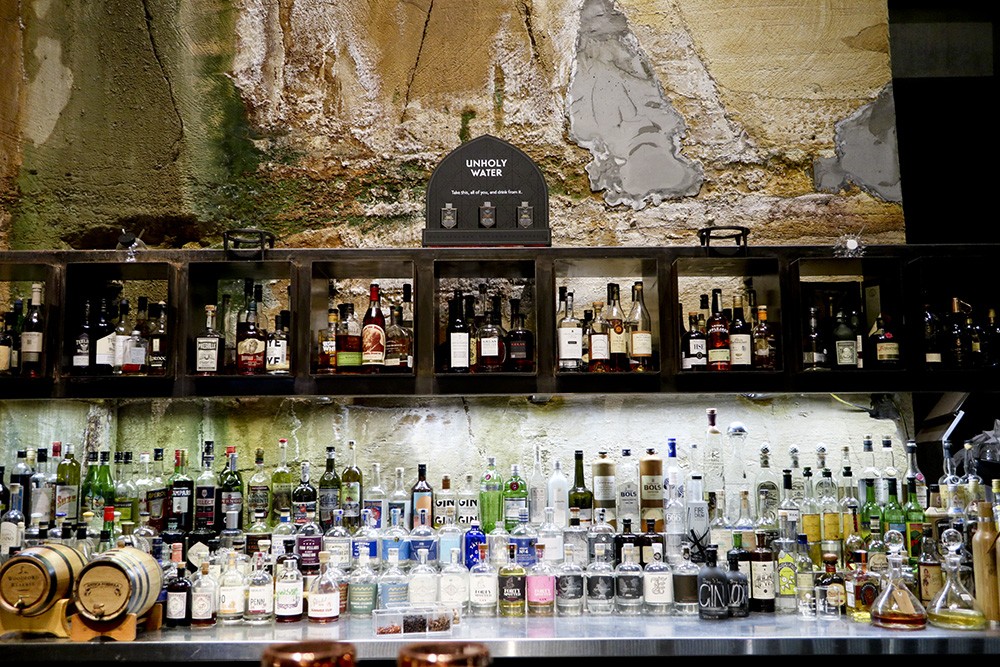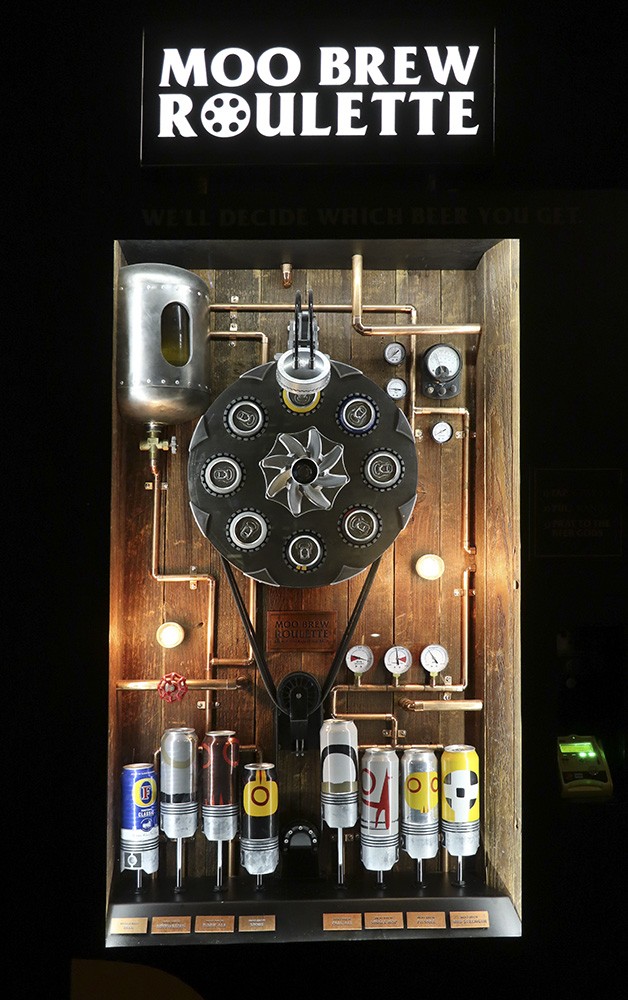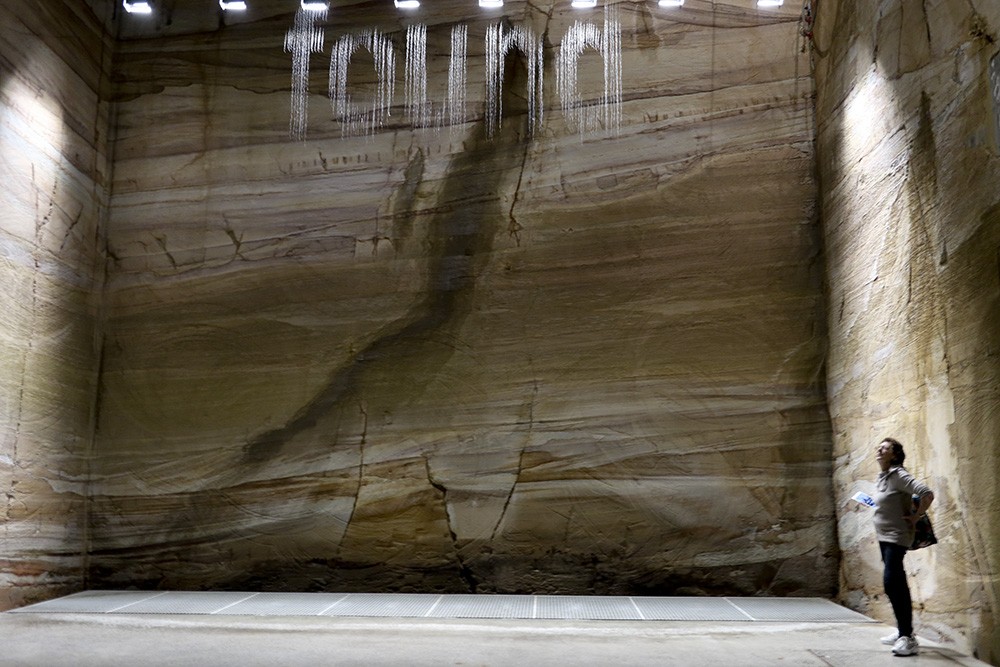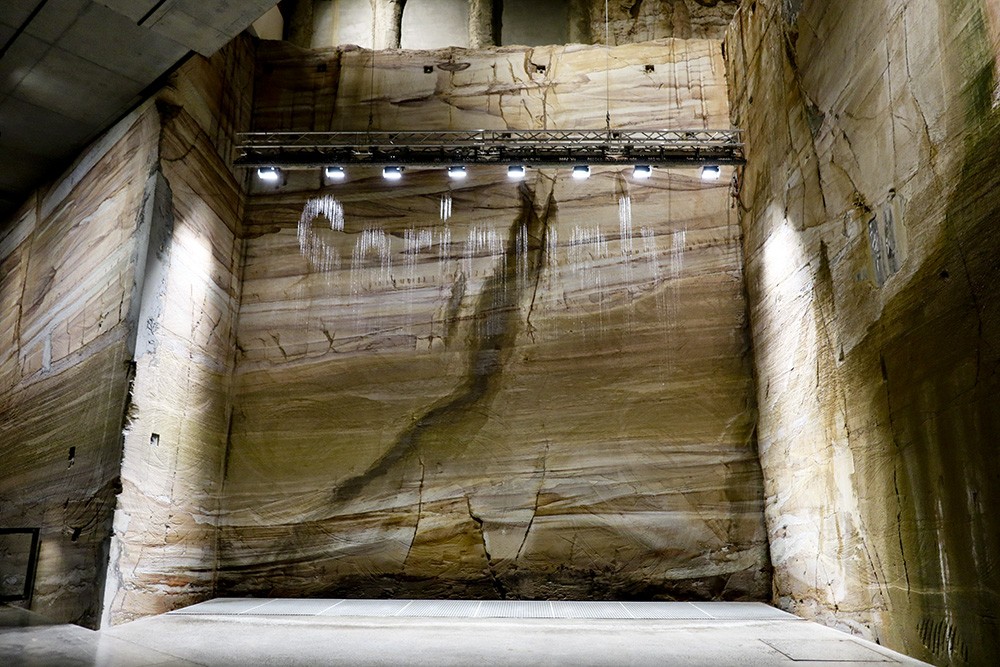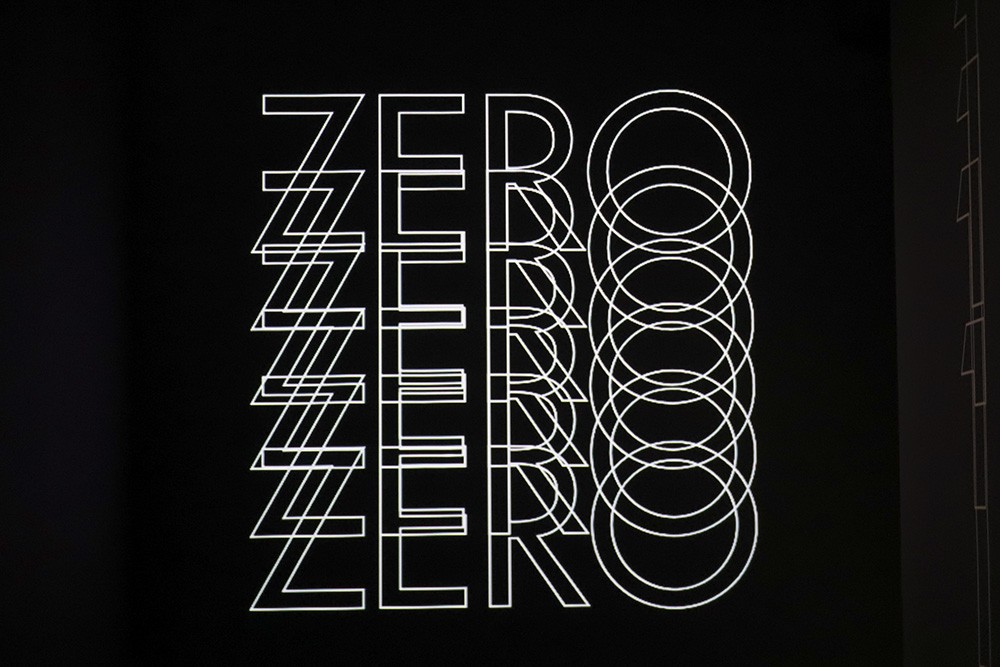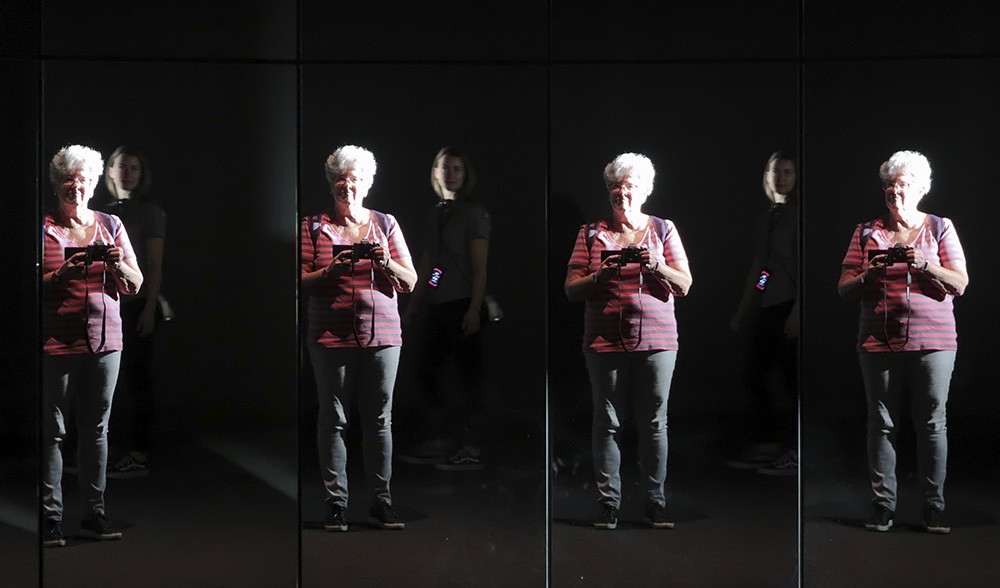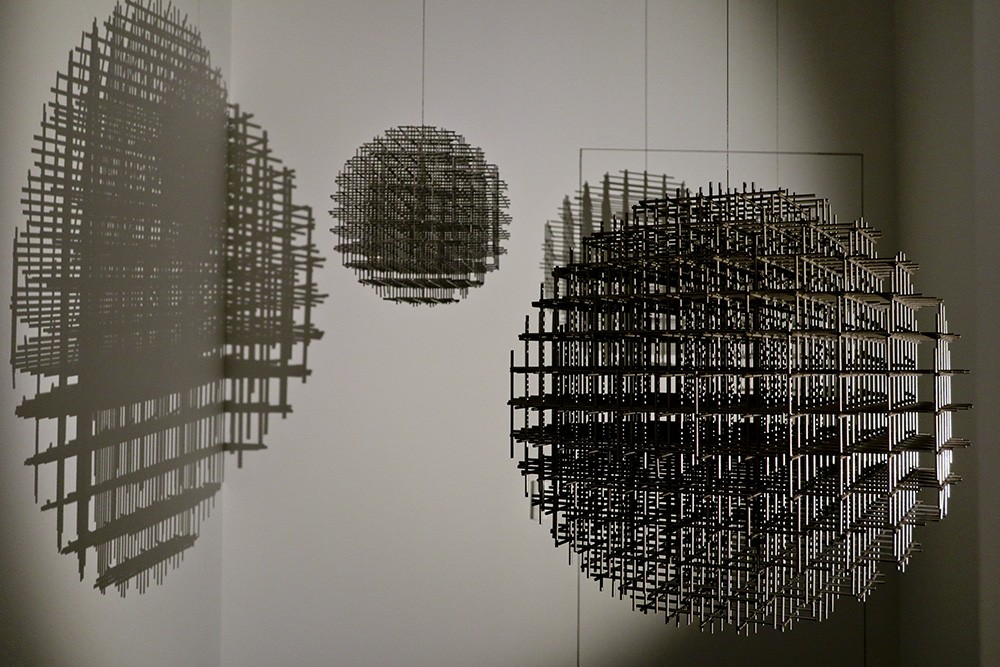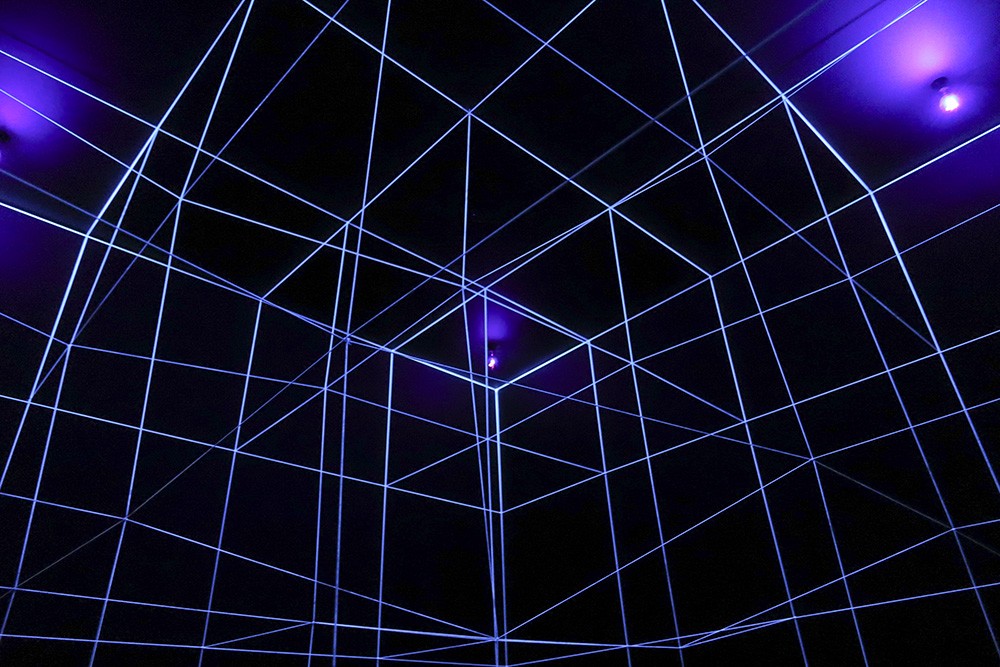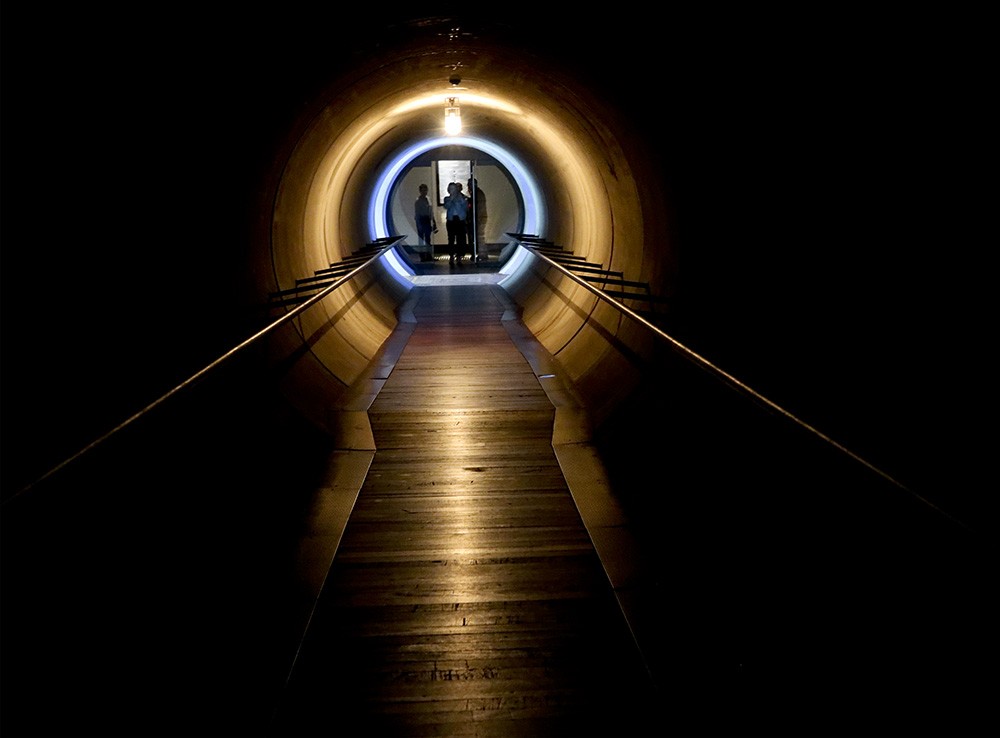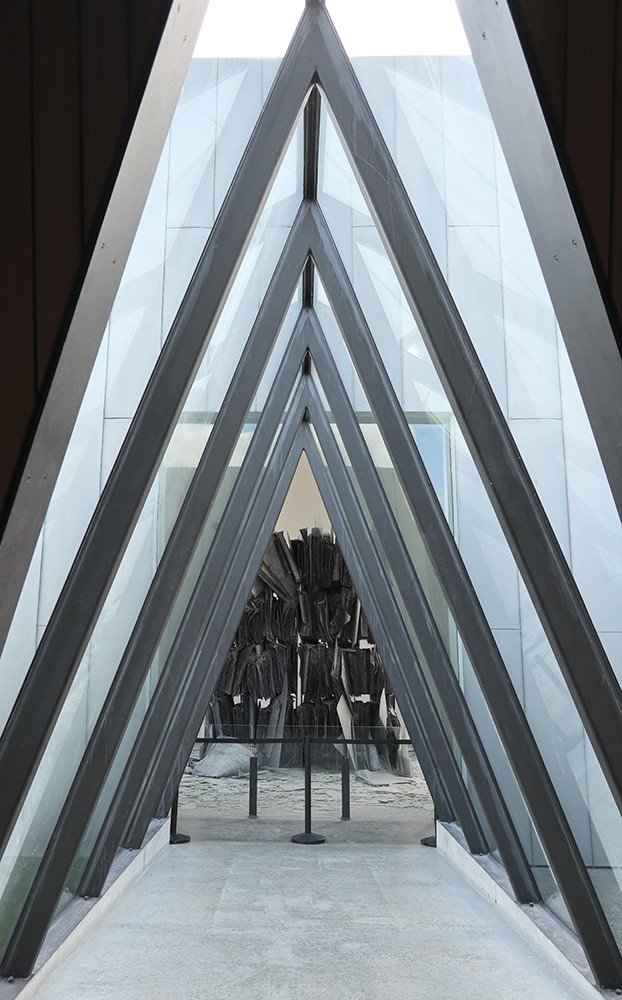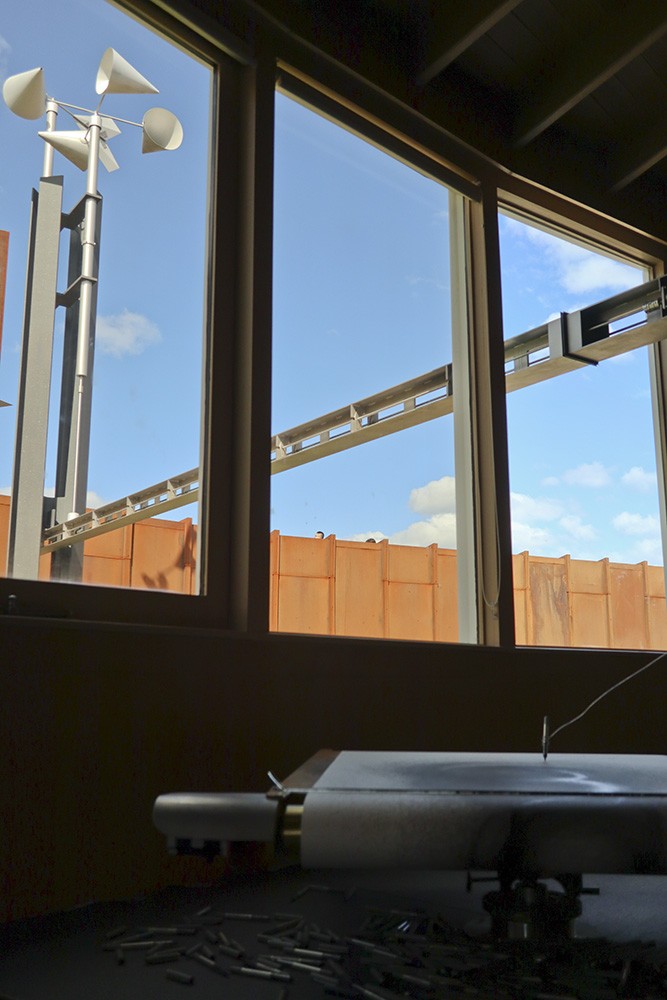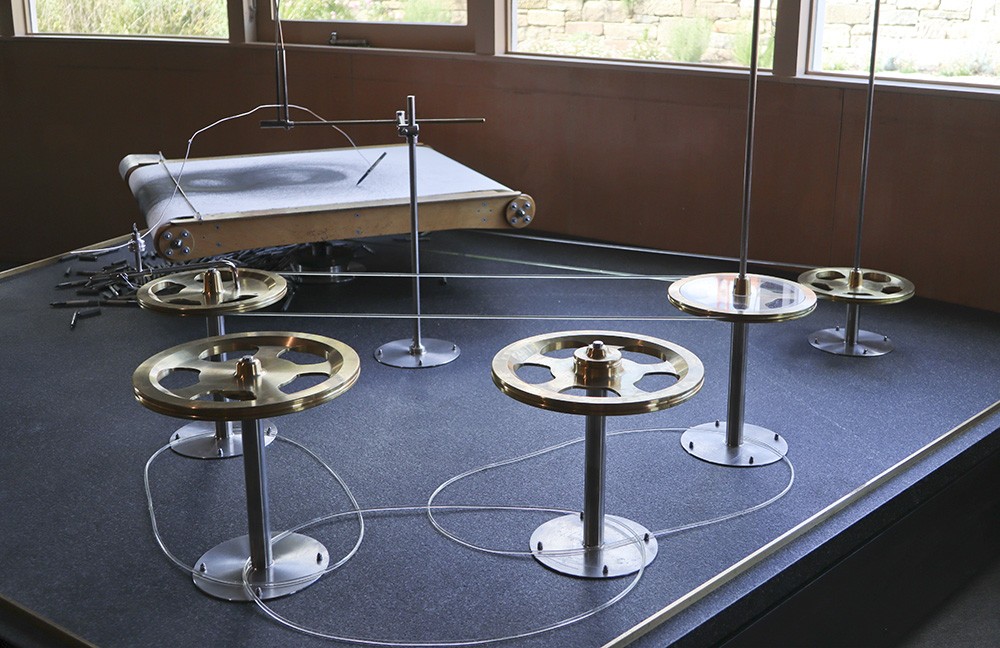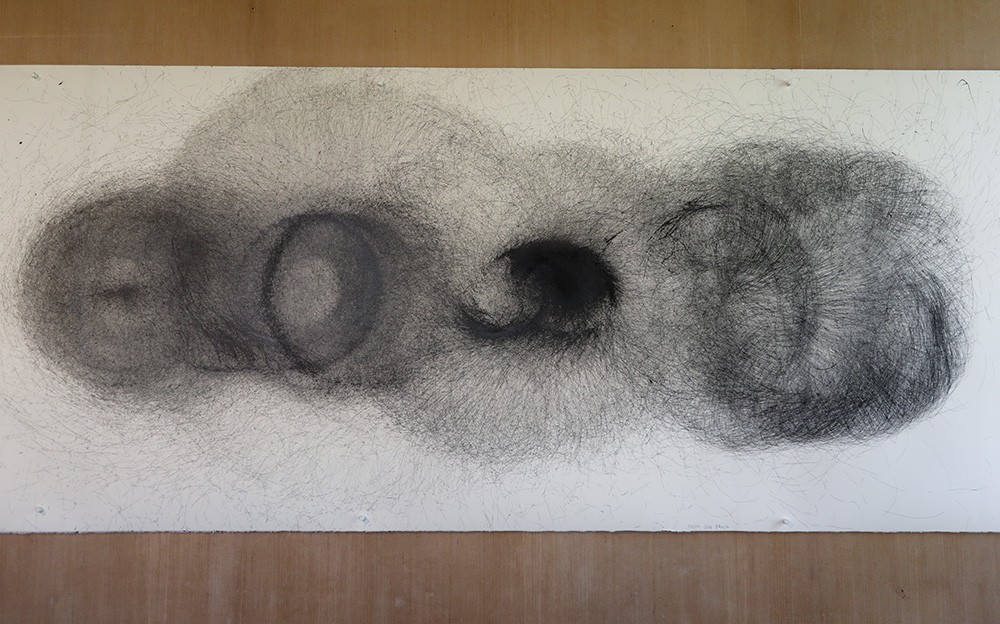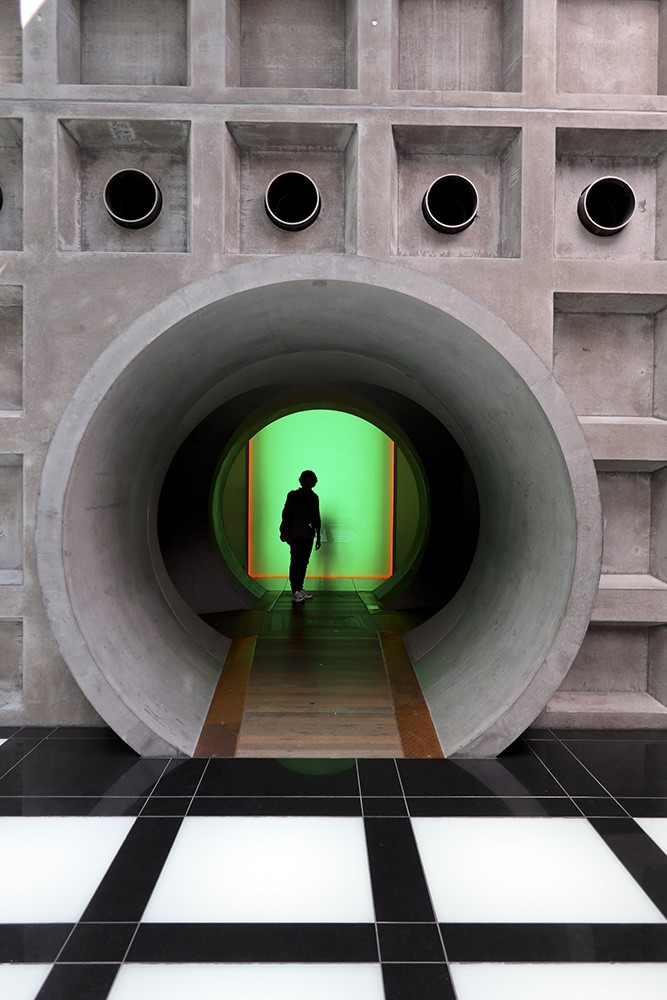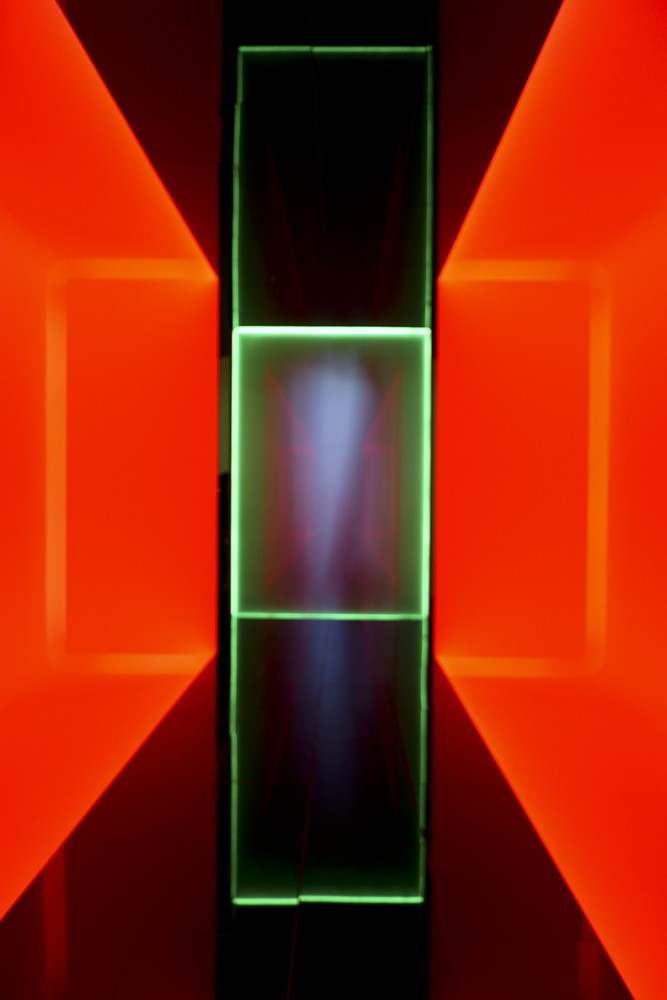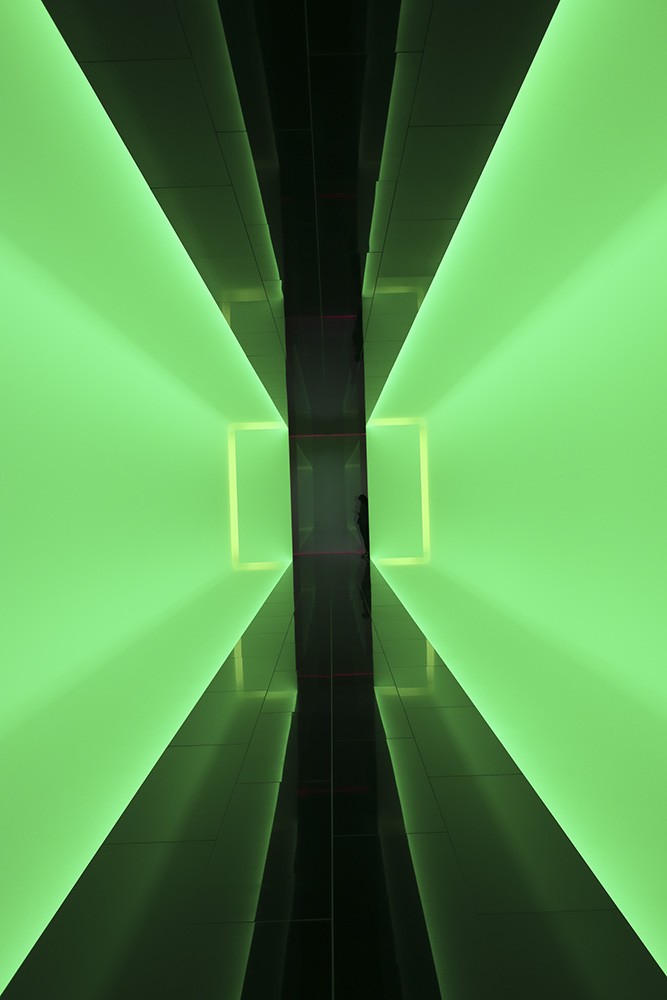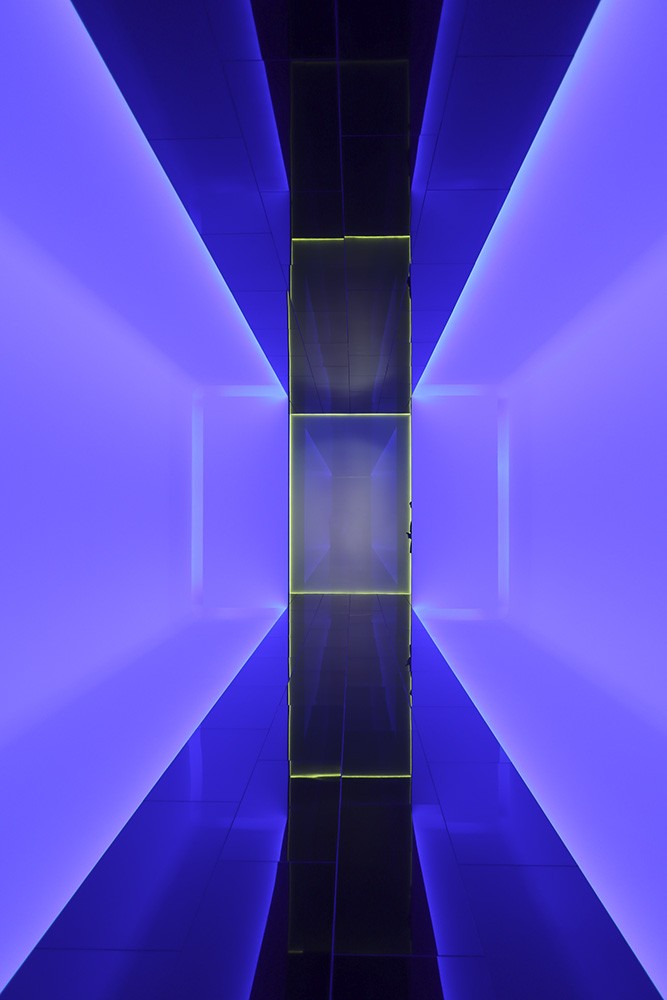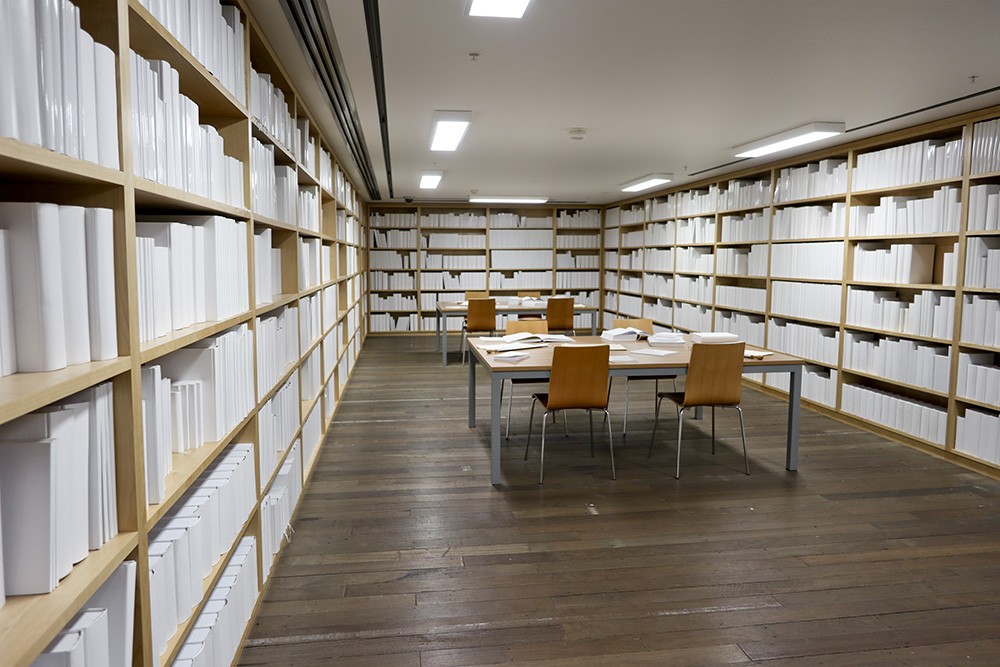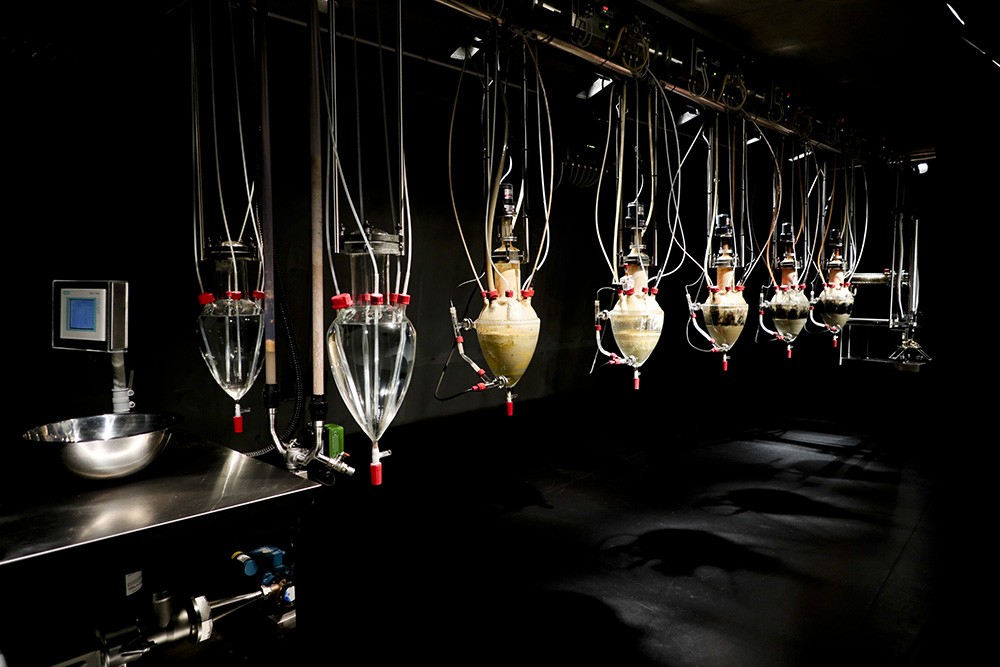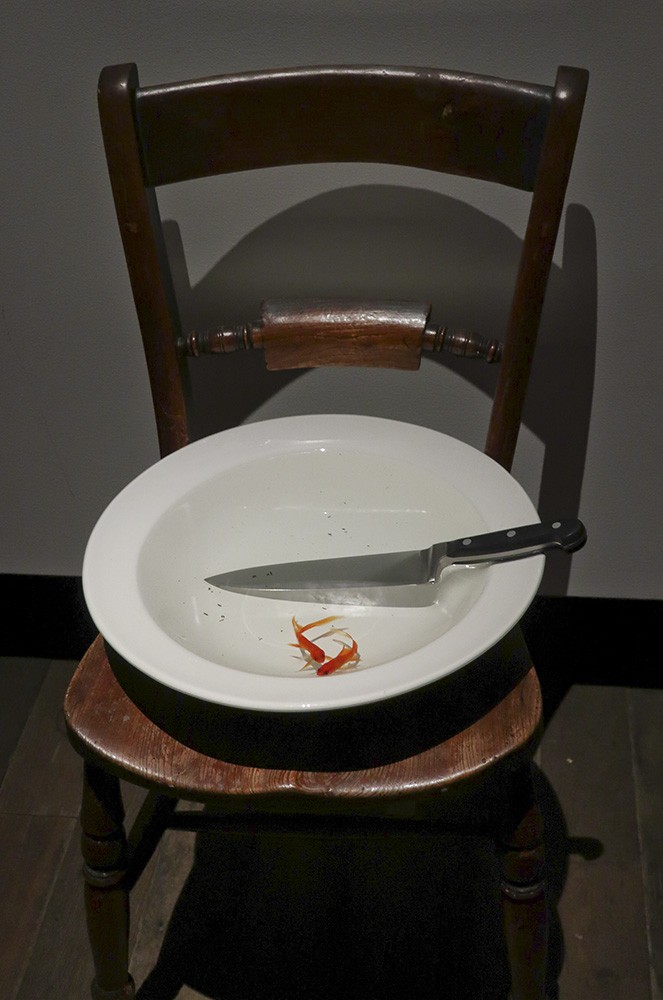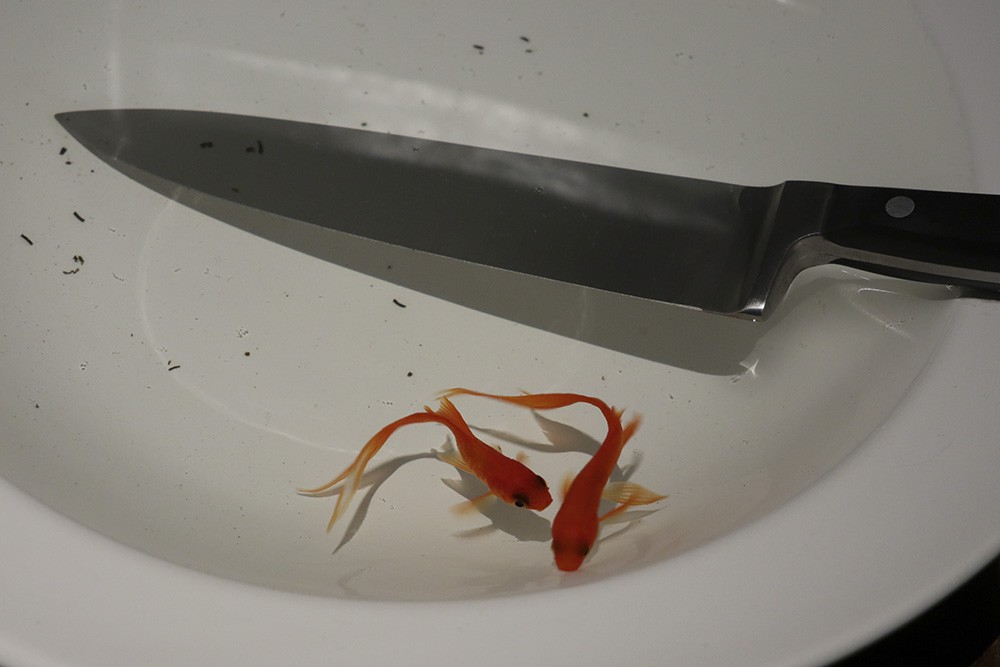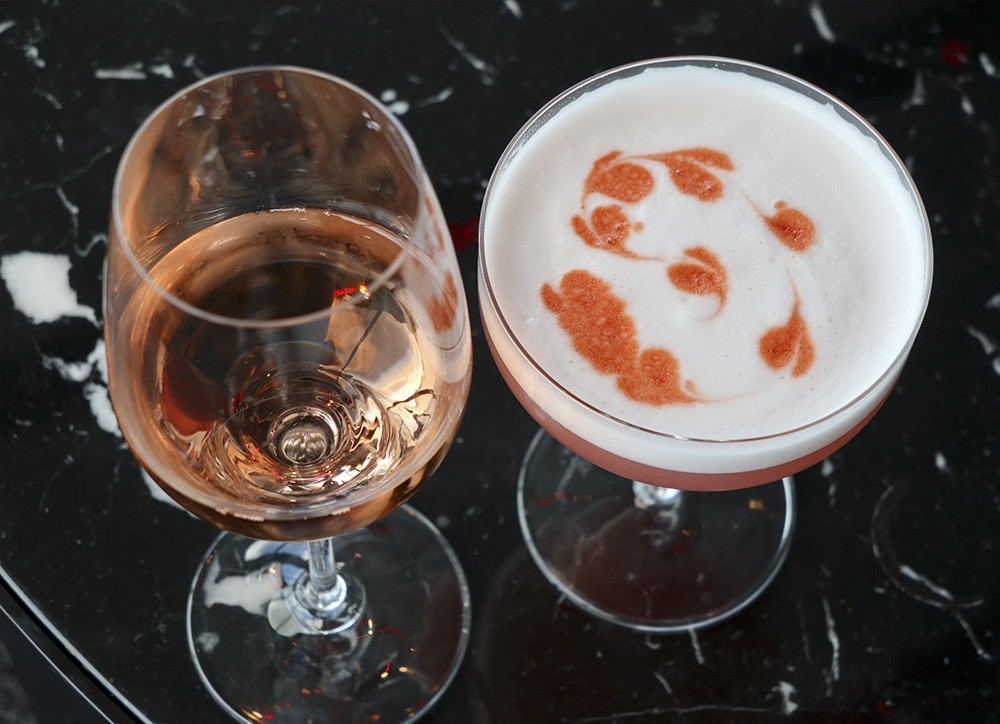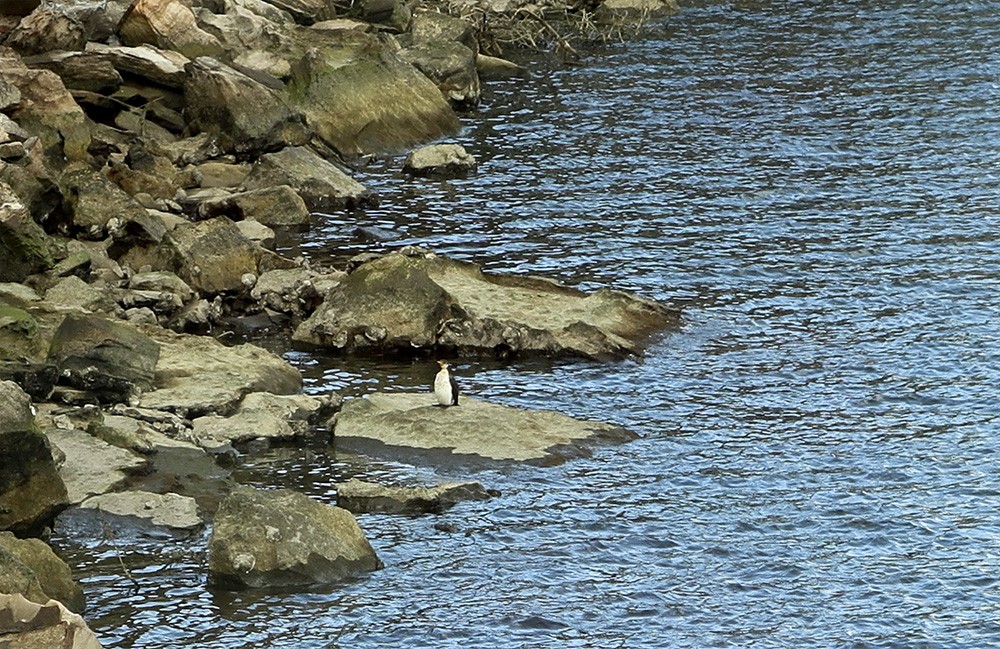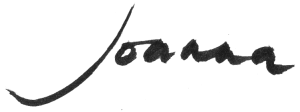Dear friends,
Last month I spent a short week with my friend Verity in Tasmania and what a great few days it was too. I am sure that none of you need be reminded that Tasmania is the island state of Australia and lies off the coast almost directly south of Melbourne across Bass Strait. The climate is much cooler than the rest of Australia and almost half of the land is protected as national parks or World Heritage sites. The island has a dark history, more on that in subsequent blogs, but today it is a haven of calm, wonderful scenery, interesting flora and fauna, orchards, wineries, whisky distilleries and art, amongst many other things.
We based ourselves in Hobart in the wonderful old hotel, the Corinda, and did a series of day trips from there, mainly in the south-east corner – to MONA, to the Tasman Peninsula, to Mount Field National Park and to Maria Island. Still so much to see and I think another trip will need to be planned to see a little more of the island and what it has to offer.
I planned to do just a simple blog to cover the places we went, things we saw, but I decided the visit to MONA, Hobart’s wonderful Museum of Old and New Art, needed a whole blog unto itself.
MONA is an art museum on the Berriedale Peninsula near Hobart and is the largest privately funded museum in the Southern Hemisphere. The museum houses ancient, modern and contemporary art from the collection of the founder David Walsh who has described it as a “subversive adult Disneyland”. Opened in January 2011, the single storey building appears to be dominated by its surroundings but once inside, there is a spiral staircase that leads you down to three larger levels built into the cliffs. Inside there are no windows and the atmosphere is intentionally ominous. To see the art, you work back upwards towards the surface and the design with tunnels and towering sandstone walls, strange spaces and clever lighting certainly magnifies the experience.
We took the ferry from Hobart docks, and the trip down the estuary of the Derwent River itself was enjoyable, heading into a stiff breeze and gazing at yachts scudding by and the rolling hills unfolding beyond.
The Sydney to Hobart Race – not, but clearly a fun day out for these sailors.
Approaching MONA from the river. Photo: Lindsay Johnston from an article for ‘e-architect’
A little Aussie humour – these sheep were seating on the ferry and day after day watch the tourists walking into MONA.
The staircase up from the jetty to the entrance of the museum gave us a first look at the magnificent sandstone of the peninsula that also features so strongly within the lower levels of the museum. Take your time and see what you can see in these patterns…
Water leaching through the sandstone over millennia gives the rock its beautiful lines and colours.
This particular marking put me in mind of an old rope hanging down a ship’s side with barnacles attached.
At the top of the staircase, there is a broad courtyard featuring a cement mixer made entirely out of rusted wrought iron.
And the cement mixer sits atop an even larger truck, perhaps signifying the work done at this site or just a piece of art.
The fabulously ornate wheels of the flat-bed truck below and the concrete mixer above.
The entrance to the museum looking like nothing more than a giant mirror leaning against a splendid old gum tree.
And if there is a mirror, why not angle for a selfie with Verity, and with a little attitude.
Once inside, we took the glass lift which is encircled by a staircase, down to the bottom level. It was cool and dark until we rounded a corner and looked down a long gallery. Looking up at the chiselled rock wall, I almost believed myself to be in Petra, that magnificent city of Jordan cut into the rock centuries ago.
The wall of the long gallery.
There was a fairly impressive bar at the end of the gallery but I chose not to partake of the ‘unholy water’ on offer.
Visitors can try their hand at the roulette wheel which pops out one of the beers when a coin is dropped in.
At the far end of the gallery, I was rather mesmerised by the falling water spitting out random words which dissolved almost as fast as you could read them – this is ‘Bit.Fall’ by the artist Julius Popp. His message is about technology, human perception and the saturation of our brains with information we cannot process or respond to with integrity.
The words are streamed from real-time Google searches by means of 128 computer-controlled nozzles, and while I watched I read ‘being’ and ‘NASA’, ‘before’ and ‘pledges’, ‘sight’ and ‘cigars’ – I wondered what could be going on in the world that I had missed.
Verity tries to see how the words are formed.
I have to say it, don’t I? Yes, I found it to be seriously impressive.
Most of the ground floor presents a collection entitled ‘ZERO’.
I summarised the text from MONA’s website which explains what this is about: In the late 1950s, some students in Düsseldorf started to make art that ran against the style and feeling of the moment. This was Germany, in the aftermath of World War II. The mood wasn’t light. But for these young people, it was time to break free from the anxious individualism that seemed to oppress the artists of the time. Zero was so named for its promise of new beginnings and later, ‘ZERO’ denoted the international incarnation of a movement. Art was not something to be painfully extracted in solitude, but to be assembled and constructed alongside your peers, using whatever materials you could get your hands on at the time: cardboard, metal, cloth, mirrors, smoke… They banged nails, smashed bottles, poked holes, and cut up each other’s canvases. Strikingly disparate styles and techniques were united by the artists’ drive to provoke a strong sensory experience in the viewer. One-night exhibitions, put together in their studios, drew enthusiastic crowds, and eventually, the attention of Germany, Europe, and beyond. They weren’t interested in trawling through the ashes of the far or recent past. They wanted to stage an exhibition on the moon.
`ZERO IS SILENCE.
ZERO IS THE BEGINNING
ZERO IS ROUND.
ZERO SPINS.
ZERO IS THE MOON.`
For the first time in Australia, some of the key international figures of the movement are being shown together at MONA. In each chamber, you are immersed in an important aspect of the ZERO phenomena – reflection, saturation, vibration, grade, density, distortion and movement presented by artists such as Heinz Mack, Otto Piene, Günther Uecker, Yayoi Kusama, Nanda Vigo, Yves Klein, Marcel Duchamp and Lucio Fontana. The original group disbanded in 1966, marking the occasion with a party. Heinz Mack wrote that he found the ending ‘quite as liberating’ as the beginning. But was this intensely creative moment in art history really concluded so decisively? Perhaps ZERO is better thought of less as an art-historical epoch than as a timeless ‘way of seeing’. Either way, it was part of an opening up, over the course of the twentieth century, of traditional ideas about what art could be. These artists dreamed of an exhibition on the moon. Perhaps Tassie is as close (or far) as they are going to get.
My photos can only show a fraction of the images and sensations they evoked, but perhaps you will be encouraged to go and visit the museum for yourself one day – it is exciting and unsettling and somewhat mind-blowing.
Reflecting on my reflection.
Spheres and their shadows in monochrome.
Laser lights in a black room, I felt I should be climbing through the beams to reach or even steal the jewels …
Figures at the end of one of the long sloping tunnels connecting rooms and exhibitions.
Beautifully constructed walkway in metal and glass allowing in the daylight with a sculpture at the far end.
I spent quite some time watching an outside-inside installation which dot by dot and line by line created an artistic representation of the wind direction and velocity. The metal wind vane outside activated a series of wired cogs inside the gallery and moved a pen against a scroll of paper. Depending on the strength and direction of the winds, the pen traced a delicate pattern over the hours and days creating a beautiful pattern.
The weather vane and connecting cables outside, with the pen poised over the paper inside.
The cogs and connecting cables with the paper scroll behind.
A portion of one of the finished pieces of art, this representing the winds of more than a week.
Back in the tunnels with Verity silhouetted against a brilliantly lit green background, the beginning of another exhibit.
Perhaps my most favourite part of the museum was the ‘tunnel of light’ which was one part of the artist James Turrell’s work on display. His play with colour and space, with darkness and light, was intriguing and I returned several times to walk through the tunnel and capture the changing colours. The walkway was narrow with a drop either side, although this was imperceptible because of the lighting – woebehold anyone who stepped off the straight and narrow.
The ever-changing colours and combinations of colour along the tunnel were beautiful.
There were a myriad of other rooms with exhibitions to experience and wonder about as we made our way up through the museum, capturing old and new worlds, integrating modern technology and surprises at every turn. Certainly, it gave us plenty of new ideas and different concepts to discuss and consider, or even marvel at.
The White Library. Nassim Taleb, via Umberto Eco, talks about the notion of the anti-library: For every read book,
the unread ones multiply. And it is the unread books that are most useful to us.
In one dark and rather noisome corner, we came across the installation entitled ‘Cloaca Professional’ by Belgian artist Wim Delvoye, but dubbed the ‘Poo Machine’ by locals. The machine fed twice a day mimics the function of the human digestive system with the seven connected glass containers processing the food “naturally” until it defecates at 2 in the afternoon. We made a quick exit from this room after the photo, not wanting to be present for the ultimate act of the day. Perhaps an interesting take on the comment oft made of contemporary art installations, ‘this art is just sh*tty’.
At the far end of another huge room, I noticed a chair sitting rather forlornly with what I thought were perhaps the remains of the custodian’s lunch left there while he/she went off to another room. But coming a little closer it looked like …
… a sharp knife with blood seeping into the water. had there been an incident, a murder?
On closer inspection, it was just a couple of goldfish swimming in never-ending spirals around a knife in a dish of water.
After several hours of immersion in the art, installations, technology, concepts and surprises, we retired to the cocktail bar, Pharos, entering through the tunnel of light.
I had a glass of Rose but Verity chose a cocktail which sounded delicious but on arrival did look a little too like the last artwork!
Even in the bar, there were intriguing reflections like this couple discussing art or what next, or sharing sweet nothings.
I was returned to the real world outside the museum when, through the floor to ceiling windows of the bar, I noticed a small, solitary penguin on the rocks below us. I wondered where his family was, and if he was ok. I hoped so.
I hope you have enjoyed this first of the Tassie blogs and may be tempted to visit this fascinating and confrontational museum of art for your self – I certainly recommend it whole-heartedly, it’s a day out with a difference.
My next story with be about the Tasman Peninsula, its scenic beauty and the Port Arthur Historic site.
Until then, all good wishes,
